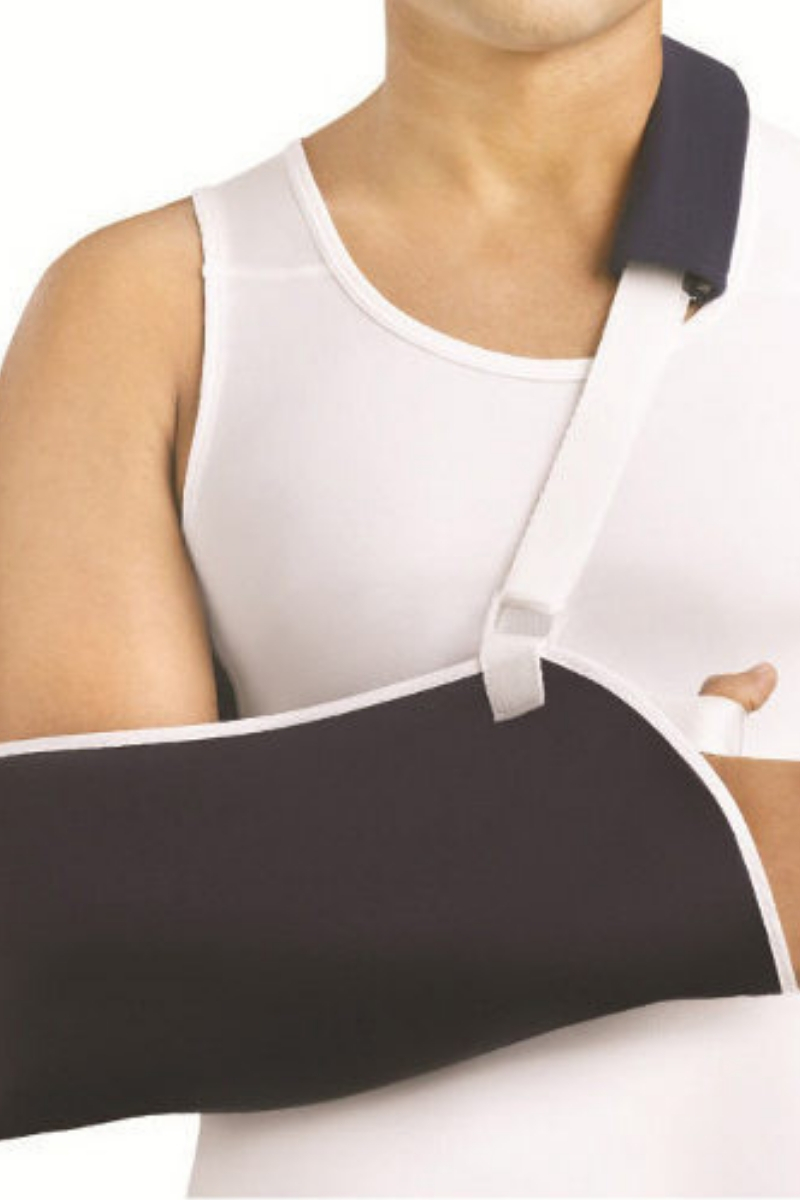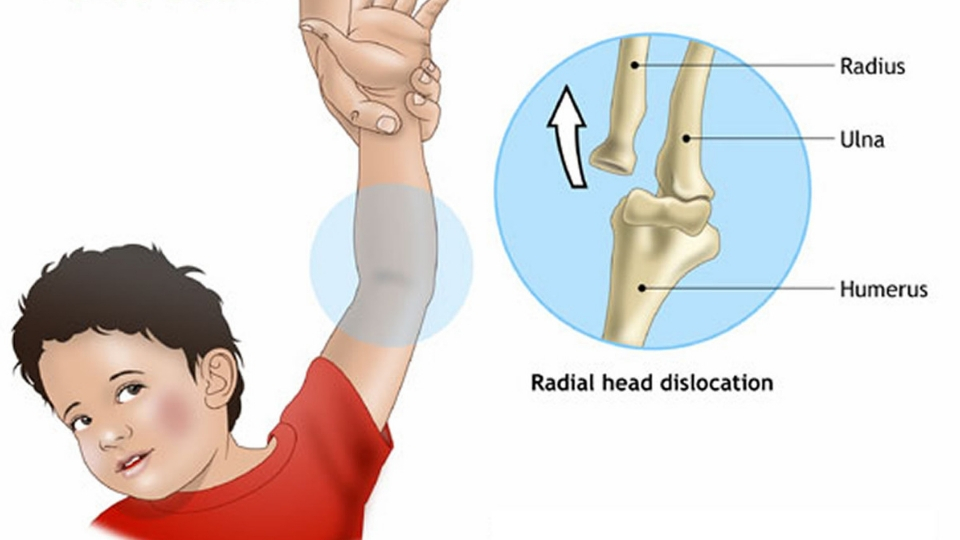Do you require any assistance? Simply reserve your appointment online below
Dislocated Elbow
Personalized Care
Dislocated elbow
Dislocated elbow is a condition in which the joint surfaces of the elbow are separated. Dislocations can be complete or partial, and can affect range of motion in the elbow.
The elbow is a hinge joint made up of 3 bones – humerus, radius and ulna.
The bones are held together by ligaments to provide stability to the joint. Muscles and tendons move the bones around each other and help in performing various activities.
Elbow dislocation occurs when the bones that make up the joint are forced out of alignment.
Expert physicians at NSOC treat a variety of elbow injuries. The elbow surgeons in Kenya at NSOC will discuss the treatment options available to ensure the best treatment possible.

Types of Elbow Dislocations

There are two types of elbow dislocations:
Simple dislocations: These are dislocations not accompanied by any bone injury.
What are the symptoms of a dislocated elbow?
Partial elbow dislocations are common after an accident and are not often easy to spot. There is usually pain and bruising, but the elbow may appear and move normally, since the bones within the elbow can relocate on their own.
A complete elbow dislocation is much more obvious, as the area is fully disjointed and the arm will look deformed as a result. The elbow may have an odd twist and will be extremely painful and impossible to move.
If you experience severe numbness or no pulse in your wrist, you can contact us at 0710573708 immediately.
Causes of a dislocated elbow
Unlike the knees and hips, the elbows are not commonly prone to dislocation.
This is because the elbow is made up of bone surfaces, ligaments and muscles that help keep it stable.
However, dislocations can happen when excess force is applied to the elbow during a fall onto an outstretched hand or when you reach out to brace yourself during a car accident.
Dislocation is especially likely when the joint is twisted with the applied force.

Diagnosis of a Dislocated Elbow

To diagnose elbow dislocation your doctor will closely examine your arm for a pulse at the wrist to ensure normal blood circulation in the arm.
Additionally, an X-ray is necessary to determine if there is a break in the bone. An arteriogram, an X-ray of your artery, helps determine if an artery is injured.
A physician may need to perform an MRI or CT scan to look for damage to the surrounding tissues because elbows contain important nerves, arteries and ligaments that are critical to arm and hand function.
Relieve your pain
Treatment options for a dislocated elbow
A dislocated elbow should be considered an emergency injury. The goal of immediate treatment of a dislocated elbow is to return the elbow to its normal alignment. The long- term goal is to restore function to the arm.
Nonsurgical treatment is most often used for partial dislocations, whereas surgery is usually necessary for complete dislocations.
Nonsurgical treatment for elbow dislocation usually involves a doctor resetting the elbow manually, called a “reduction maneuver.”
For simple dislocations, the elbow is then kept in a splint for two to three weeks to restrict movement and promote healing.
Physical therapy may be needed to help restore full range of motion.

Surgical Treatment for a dislocated elbow

In a complete dislocated elbow, surgery may be necessary to restore bone alignment and repair ligaments.
After surgery, the elbow may be protected with an external hinge. This device protects the elbow from dislocating again.
If blood vessel or nerve injuries are associated with the elbow dislocation, additional surgery may be needed to repair the blood vessels and nerves and repair bone and ligament injuries.
Late reconstructive surgery can successfully restore motion to some stiff elbows. This surgery removes scar tissue and extra bone growth. It also removes obstacles to movement.
Over time, there is an increased risk for arthritis in the elbow joint if the alignment of the bones is not good; the elbow does not move and rotate normally; or the elbow continues to dislocate.
Elbow dislocations may be prevented if you avoid falling on outstretched arm
Avoid situations that would make falls more common such as walking at night or being around slippery floors.
Additionally, avoid having “throw” rugs on wood or tile floors as they frequently cause falls.
Do not attempt to pick up or swing a child by their arm to avoid causing a dislocated elbow out off pulling.

